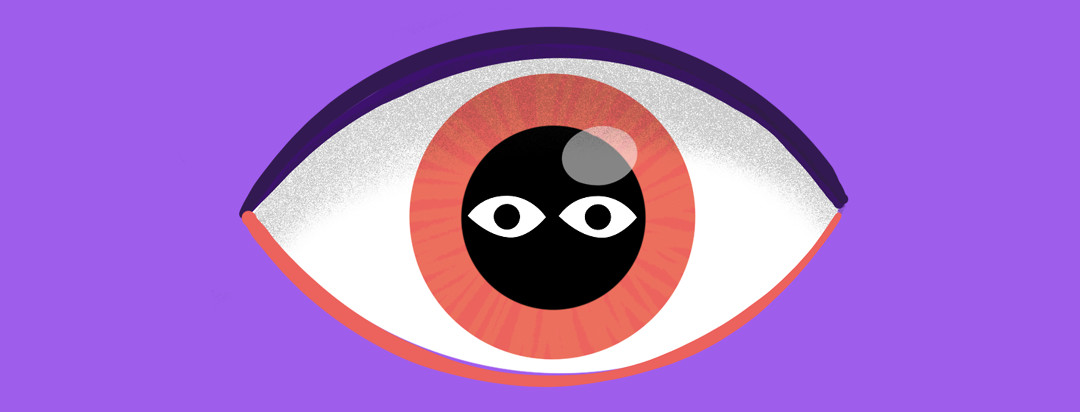Can I Borrow Your Eyes? Devices, Apps, and Tools That Do Just That!
In order to set myself up for success, I have had to accept that certain tools are needed. Therefore, throughout the years I have utilized several assistive devices at various points in my lifetime. Pre-diagnosis my parents and optometrist tried all types of glasses. Every time I went to the optometrist, they would ask me if my vision was improving; my response was always the same: “I see the same with or without the glasses.”
Bioptic glasses
At 11 I was diagnosed with macular degeneration. It was at this point that they stopped writing eyeglass prescriptions and began recommending assistive devices. The first device I can remember was a pair of bioptic glasses, also known as a bioptic telescope, which are vision-enhancement lenses. They magnify between two and six times, which assisted me in seeing items that were far away. As you can imagine, I received lots of questions and comments when wearing these glasses.
Magnifying glass
To supplement the bioptic glasses, I would use a magnifying glass to see things close up and the font in my textbooks was enlarged. When I moved to Arizona, my school had a wealth of resources for people with disabilities. They had a resource room for students that had a variety of assistive devices that enlarged documents, dictated words off of computer screens, and support staff that would not only help in navigating the assistive devices but also provided emotional support to students.
A note-taker for my classes
I feel that the older I got the more resources that were readily available. At my undergraduate university, they had an entire department for disability resources. Soon after I enrolled I was able to get connected with the department. They not only offered the same resources that my high school offered but also connected me with a note-taker in my classes who was responsible for taking notes and providing me with copies (she eventually became one of my best friends).
Video magnification and text-to-speech
At this phase of my life, I use a combination of Ruby XL HD, which is a handheld video magnifier, a large print keyboard, and Freedom Scientific TOPAZ. Freedom Scientific TOPAZ combines video magnification and text-to-speech features into a single desktop video magnifier. The high-definition camera produces a clear picture with sharp images and crisp text. My employer purchased the TOPAZ reader for me to assist with reviewing paper documents.
Be My Eyes app
I also enjoy using an app called Be My Eyes. Be My Eyes is a free app that connects blind and low-vision people with sighted volunteers and company representatives for visual assistance through a live video call. I typically use the app when I need assistance reading the instructions on food items. In addition, to all of these devices and apps, I more often than not go back to the basics and ask for help. Just like when we were younger we were taught to ask for assistance with completing tasks that were difficult.
"Can I borrow your eyes for a second?"
My favorite is to say, “Can I borrow your eyes for a second?” It takes a plethora of people and devices to assist me with navigating through life, which is totally okay... at least that’s the way eye see it!

Join the conversation